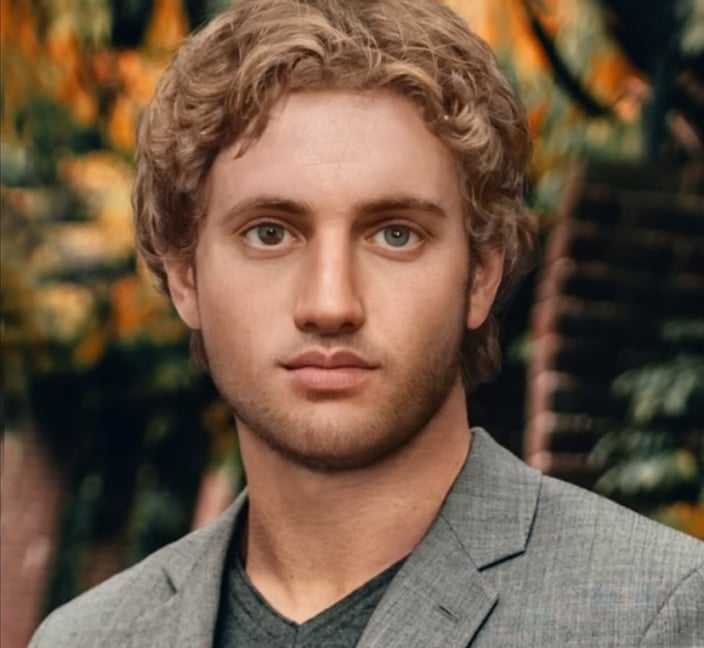A recent version of how the face of the legendary Greek king and army leader Alexander the Great might have been in real life is presented by Royalty Now Studios on YouTube.
Researchers have often employed modern technology and historical records to try and determine what Alexander the Great’s face might have actually looked like, also based on numerous surviving busts of the great leader of the kingdom of Macedon who was born in 356 BC and died in 323 BC.
In his short but fascinating life, Alexander created a vast empire that stretched from Greece to northwestern India and established himself in collective memory as “Great.”
Historians’ descriptions of Alexander’s face
A fresco depicting a hunt scene at the tomb of Philip II, Alexander’s father, at the archaeological site of Aegae, is the only known surviving depiction of Alexander produced during his lifetime in the 330s BC.
Contemporary coins and the famous Alexander Mosaic, a first century BC work unearthed in Pompeii, portray him with “a straight nose, a slightly protruding jaw, full lips and eyes deep set beneath a strongly pronounced forehead,” as Krzysztof Nawotka describes in his 2010 study, Alexander the Great, by Cambridge Scholars Publishing.

Although most of Alexander’s statues attribute the same facial features to the young iKng of Macedon, historians have been inconclusive about the color of his hair, as references from ancient historians are conflicting.
The ancient historian Aelian (c. 175 – c. 235 AD), in his Varia Historia, describes Alexander’s hair color as blond (Greek: “ξανθὴν“), but this could also mean yellowish, reddish, or brownish.
Taking all other features into account, Royal Now Studios attempts not only an animated new facial reconstruction of Alexander the Great but also a modern interpretation of what he might have looked like in contemporary clothing and aesthetic.
Mystery around the tomb of Alexander the Great
Questions about the appearance of Alexander the Great could probably be answered more easily by modern anthropological study methods had his tomb and remains been discovered.
However, to this day, the location of the tomb of Alexander continues to be surrounded by mystery, and the discovery of his final place of rest is considered one of archaeology’s Holy Grails.
As the possession of his body was seen as a symbol of legitimacy by his successors, his funeral cortege, on its way from Babylon to Macedon, was seized by Ptolemy and taken to Memphis, Egypt.
From there, Ptolemy II Philadelphus, transferred the sarcophagus to Alexandria, where it remained at least until Late Antiquity, sources suggest.
According to legend, Ptolemy IX Lathyros, one of Ptolemy’s final successors, replaced Alexander’s sarcophagus with a glass one so he could convert the original to coinage.
The recent discovery of the majestic Amphipolis tomb in northern Greece, dating from the time of Alexander the Great, gave rise to speculation that its original intent was to be the burial place of Alexander, but the theory was soon abandoned.
@jose_arrt Alexander the great in real life #alexanderthegreat #tiktokart
A most disruptive theory is proposed by Greek-French academic Byzantinologist Helene Glykatzi-Ahrweiler, who has herself been identified by the 2008 show Great Greeks as one of the 100 greatest Greeks of all time.
In her 2018 book published by Gutenberg, the famous scholar suggests that the tomb in Aegae in is, in fact, Alexander’s, and not his father’s. This would explain why the young king was depicted in the famous fresco inside that tomb.



